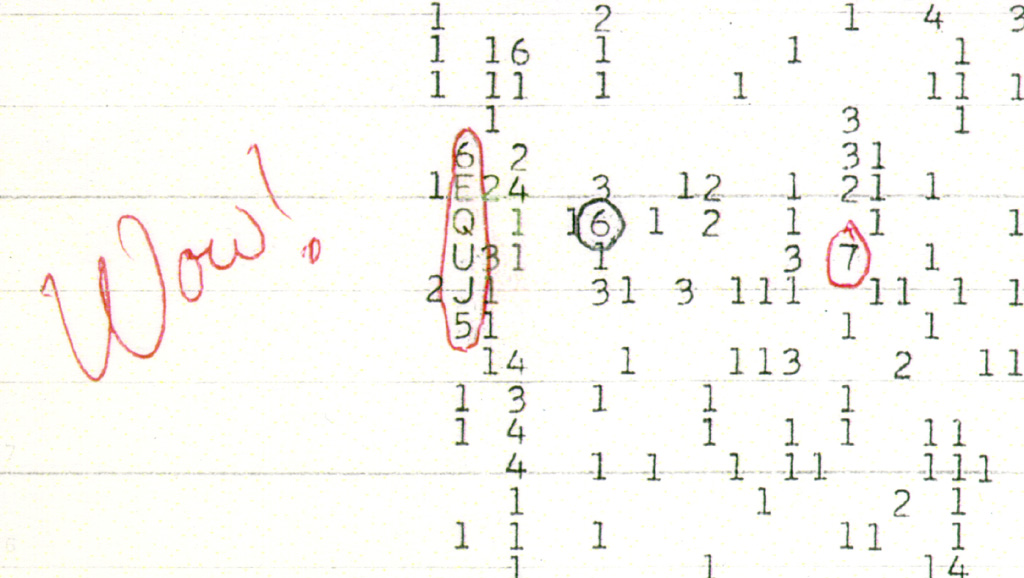lpetrich
Contributor
Frank Drake was an astronomer and researcher into receiving interstellar broadcasts - he recently died at the age of 92.
Why listening to interstellar radio broadcasts? Because that's the cheapest sort of thing that one can send across interstellar space.
Cocconi and Morrison 1959: Searching for Interstellar Communications
He led a search effort - Project Ozma - around 1960. It involved listening for radio broadcasts from two nearby stars, Epsilon Eridani and Tau Ceti, stars that are a little less massive / luminous / hot as the Sun. The listening was done at a radio frequency that FD and others had decided would be a sort of natural signpost: 1420 megahertz, the frequency of radio waves emitted (and absorbed) by a proton's spin flipping as an electron orbits it (H-1 atom). This spectral line is often used as a tracer of neutral hydrogen in our Galaxy.
Project Ozma - around 1960. It involved listening for radio broadcasts from two nearby stars, Epsilon Eridani and Tau Ceti, stars that are a little less massive / luminous / hot as the Sun. The listening was done at a radio frequency that FD and others had decided would be a sort of natural signpost: 1420 megahertz, the frequency of radio waves emitted (and absorbed) by a proton's spin flipping as an electron orbits it (H-1 atom). This spectral line is often used as a tracer of neutral hydrogen in our Galaxy.
No radio broadcasts were detected, though to be detectable, they may have to be very strong by Earthling standards. But numerous other SETI efforts - Search for Extraterrestrial Intelligence - have been done in the 60+ years since.
 Frank Drake
Frank Drake- Frank Drake, astronomer famed for contributions to SETI, has died | Ars Technica
- Frank Drake, Who Led Search for Life on Other Planets, Dies at 92 - The New York Times - "He was convinced that human beings would eventually connect with extraterrestrials, and he inspired others to share that belief."
Drake started his career undertaking radio astronomical research on the planets in 1958–63 at the National Radio Astronomy Observatory (NRAO) in Green Bank, West Virginia, where he spearheaded the conversion of the Arecibo Observatory to a radio astronomical facility.[5] Using the radio-telescope at Green Bank, Drake mapped the center of the Milky Way Galaxy for the first time, discovered the ionosphere and magnetosphere of the planet Jupiter, and made significant observations of the atmosphere of the planet Venus.[4][5] In April 1959, Drake secured approval from the director of NRAO for Project Ozma to search for extraterrestrial radio communications.[6] Initially, it was agreed to keep the project secret for fear of ridicule. However, Drake was compelled to publicize his work after Cocconi and Morrison published a paper in Nature in September 1959 entitled "Searching for Interstellar Communications"[4][7] Drake started measurements in 1960, using the NRAO 26-meter radio telescope to search for possible signals from the Tau Ceti and Epsilon Eridani star systems. No extraterrestrial signals were detected and the project was terminated in July 1960. However, Project Ozma did lead to the then graduate student Carl Sagan contacting Drake, resulting in a lifelong collaboration between the two scientists.[6][4]
Why listening to interstellar radio broadcasts? Because that's the cheapest sort of thing that one can send across interstellar space.
Cocconi and Morrison 1959: Searching for Interstellar Communications
He led a search effort -
No radio broadcasts were detected, though to be detectable, they may have to be very strong by Earthling standards. But numerous other SETI efforts - Search for Extraterrestrial Intelligence - have been done in the 60+ years since.



